‘Buah kote mamak’?! 7 hilarious plant names in Bahasa Malaysia
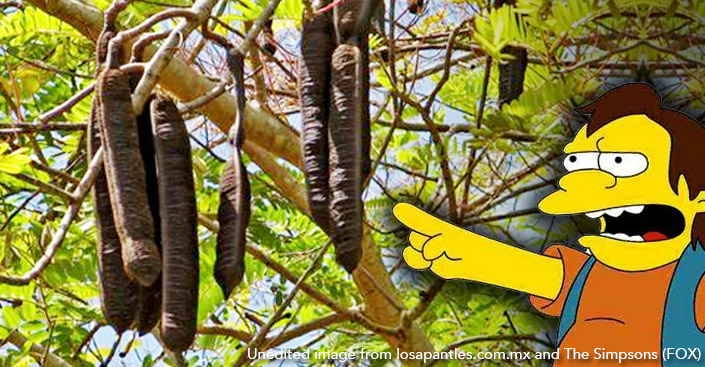
- 6.6KShares
- Facebook6.3K
- Twitter43
- LinkedIn2
- Email30
- WhatsApp185
About two-thirds of Malaysia is covered by plants…das ALOTTA veges!! There are 21,227 known plant species and possibly tons more that have not yet been discovered and studied. With this insane variety of greens growing in the country, imagine how scientists must feel naming EVERY.single.one.of.them. Probably as dry-tongued as people who licked a dozen stamps to send letters in those pre-Yahoo e-card days.
We dunno if those who named them are trolling or they’re just scrapping the bottom of the barrel, but some plants end up with awesome hilarious names. Good thing plants are not humans and they don’t have feelings, so they won’t get life-scarringly hurt when people laugh at them. But we won’t kesian the plant for its unfortunate name also becoz seriously, it actually helps people remember da fler. Who’s gonna forget you if you have a name like pokok babi kurus?
Here are 7 plants with funny names…
1. Pokok babi kurus

Scientific name: Crudia scortechinii
If there are two things we’ve never seen pigs do, it’s fly and be skinny. Unless of course, the name is referring to the hairless breed of Guinea pig (which is a rodent, not a pig), then quite skinny la. Otherwise, babi kurus sounds like a total oxymoron.
As for the plant, it is a type of kacang in the the Fabaceae family (no relation to the Corleone family in The Godfather). It’s more commonly known as the pea or bean family. This pokok is found in Peninsula Malaysia, particularly Perak, as well as several other ASEAN countries. Mostly they are found to grow in lowlands and hill rainforests.
Sadly, this plant is under ‘Vulnerable’ status because it is being threatened by habitat loss, due to excessive logging – a problem that’s widespread in Malaysia. 🙁 ‘Vulnerable’ is one step up from ‘Endangered’ and two steps up from ‘Critically endangered’ on the conservation status rank.
2. Bunga tahi ayam
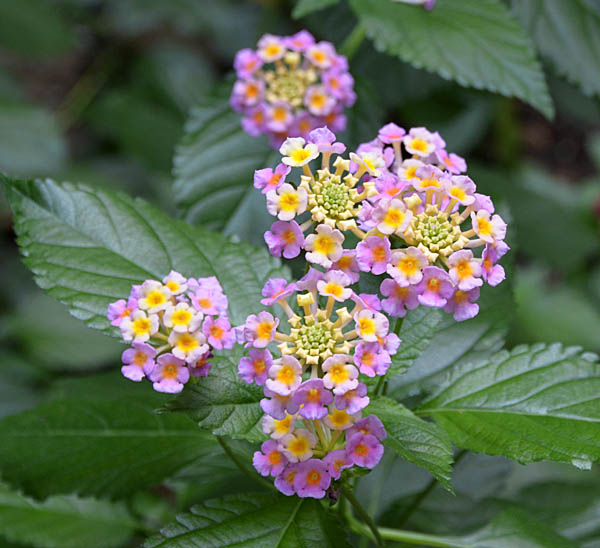
Scientific name: Lantana camara
Ermagerd, the flower is so much nicer to look at than images of actual chicken poop. While we fail to see the similarity in looks, the plant is said to have an unpleasant smell. Well, that answers the question!
This shrub plant is originally from the American tropics, but because it is an invasive species, we guess it invaded its way into Malaysia. Just kidding. Actually the Spanish brought it to Southeast Asia in the 19th-century, where it became femes as a notorious weed. Summore, it is thorny and poisonous, so bugs and animals keep their distance.
Still, it’s quite beautiful to look at, plus it has medicinal benefits – the leaves are crushed to heal wounds, mange, eczema and fever. If you soak the leaves, it can be used on swollen joints. Apparently there are so many types of ailments you can use it for, so click here to read them all.
P.S.: Marigolds (Tagetes erecta) are also called bunga tahi ayam in Malaysia.
3. Pokok minyak berok
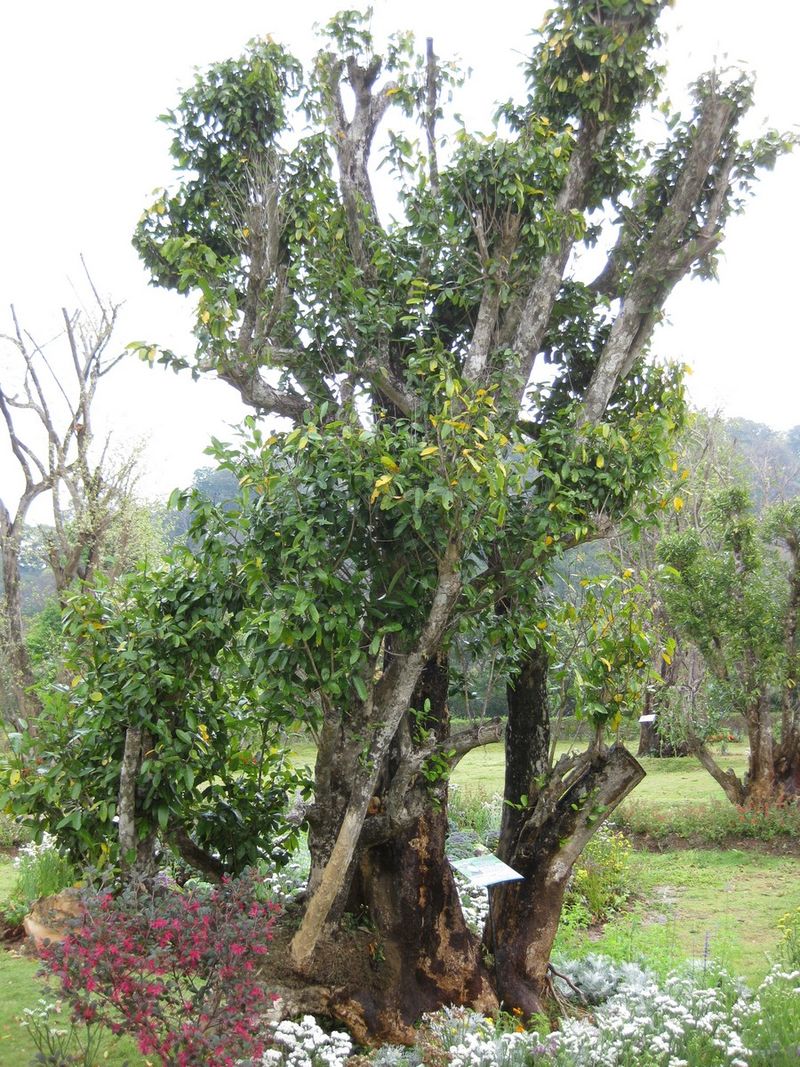
Scientific name: Xanthophyllum spp (‘spp’ indicates several species)
We said “and others…” because all trees under the Xanthophyllum genus are known as minyak berok in BM. In the Iban language, it’s known as nyalin. Wait, why minyak berok? It’s not like apes can produce oil…urkkk, unless…
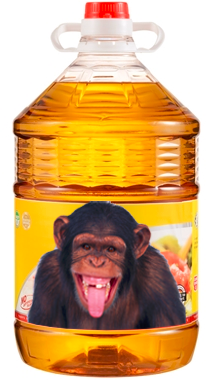
Let’s keep it animal-friendly ok. There are 94 species of trees and shrubs under this family. Which means 94 different looking plants all share the same funky name minyak berok. If you ever get lost in the jungle with no food, there are a few species that grows edible fruit. Click here to know which ones.
TBH, the stuff we read up on this tree is pretty boring la. Guess it’s name is the only thing funny about da fler. Oh shoot, got mob of angry botanists outside our office nao.
4. Pokok Ubah

Scientific name: Glochidion spp
Its local name Ubah is DAP’s tagline and mascot, its scientific name Glochidion sounds like one of Zeus many children…prolly an obscure one overshadowed by Hercules’ fame. The Glochidion genus has 300 species…which is pretty much the number of kids every Greek god has (some of which he might attempt to eat).
Let’s talk about the species found specifically in Malaysia ONLY (coz others are found in Australia, India and Sri Lanka. Some of them are confined to lowland forests, some can grow higher up, like the Glochidion symingtonii up in a protected forest in Gunung Peninjau, Perak. Another one, the Glochidion insulare is so stealth, NO ONE really knows its exact location! It has only been discovered once in Penang.
One, Glochidion carrickii, is only found in the Gombak Forest Reserve and if you wanna go looking for it, you could join those nature adventure tour thingys. Better go fast though coz the forest reserve is being threatened by highway development projects! 🙁
5. Buah Kote Mamak

Scientific name: Samanea saman
No, we’re not joking. While the name may sound like something you would NEVER repeat in front of your mother, it may actually be a huge (pun intended) compliment. The buah kote mamak is a legit fruit, or more of a pea really, in the same Fabaceae family as pokok babi kurus.
Supposedly buah kote mamak has healing properties like its cousin edamame. It helps with high blood pressure and diabetes, not to mention it can be processed into oil to *ahem* oil the male organ…for better performance…
Moving on.
6. Rumpai Miang Mexico

Scientific name: Parthenium hysterophorus
Just over a year ago, there was big news about a weed that could kill people landing in Malaysia and we’re not talking about the kind you smoke. We actually wrote an article about this killer weed, but one year on, its name Rumpai Miang Mexico still gets to us…das right, us locals call it the Horny Mexican Weed. #putthatonatshirt #nowekiddon’tdothat. Are Mexicans that horny? We searched. Yes. Mexico is one of the Top 10 horniest countries in the world.
But the weed is no laughing matter. The authorities warned people not to touch it because it causes severe allergic reactions. So much so that the Department of Agriculture set up a team to kill the weed but it wasn’t easy coz it spreads dang fast and can survive on hostile ground. Australia spends millions of dollars trying to control it! Did you know that if anyone gets caught for spreading or transporting this rumpai, they could go to jail?! It’s true.
So yeah, if you go camping and run out of toilet roll, please avoid wiping your bekside with this weed.
7. Daun sekentut
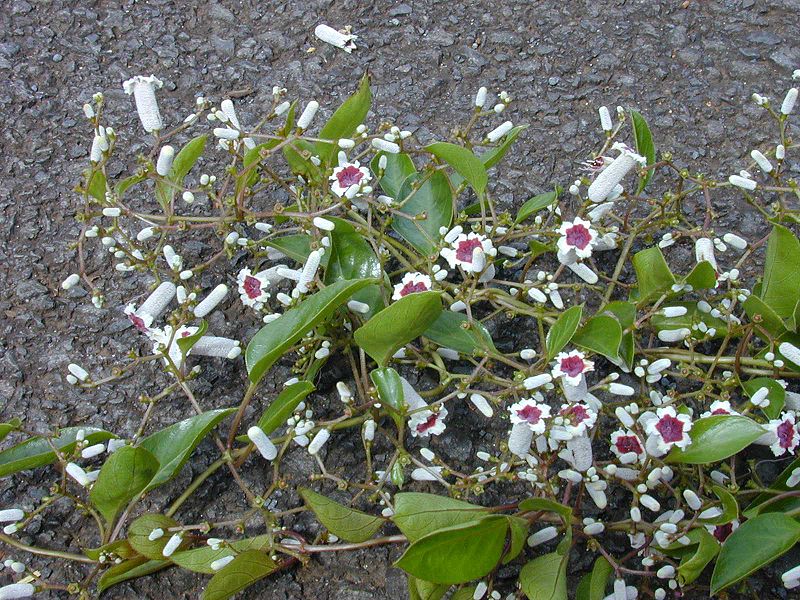
Scientific name: Paederia foetida
Daun sekentut or daun kentut-kentut (yes, plural!) comes with a smell to match its name. When its leaves or branches are cut, it emits a rancid sulfur stink. So in English, it’s called Skunkvine or Stinkvine.
This herb can be taken as traditional medicine for none other than…stomachache and wind! Pluck 5 or more leaves, wash them and boil them in water. Wait for it to cool and then drink twice a day. Get ready for machine gun farting after that. It is also said to be able to cure baby rash and painful joints.
Poor plant has been overlooked tho. It’s not one of the chosen ones by the government to study under its Entry Point Projects (EPP), under the Economic Transformation Programme (ETP). The EPP looks at improving the dietary and herbal supplements in Malaysia and globally. They’ve chosen 5 other main herbs, including Tongkat Ali and Kacip Fatimah. Sorry, Daun Sekentut, no chan for you. 🙁
OMGLOL why Malaysian plants sound so funny?

Are there fascinating legends behind how they got their names? Like once upon a time, a gatal Mexican adventurer named Columbas Christupher travelled to Malaysia by boat, on the way, his shirt accidentally brushed against a wild weed and some of its seeds fell into his pocket, then when he arrived in Malaysia, his pocket berlubang oledi and the seeds fell out onto Malaysian soil, growing like crazy, eventually becoming Rumpai Miang Mexico?
The real story is unfortunately not as exciting as that. Plants are usually named after how they look (or smell), what properties they have, who discovered them, and so on. Surface level stuff. We found this blog written by a Malaysian who has 35 years of experience in the agricultural industry. His post on daun sekentut gave us a clue as to why plants are named that way:
“Nama sekentut diberikan sebab daun dan batangnya akan mengeluarkan bau seakan-akan sulfur.” – M Anem, Senior Agronomist, animhosnan.blogspot.my
English: “The name ‘sekentut’ was given because its leaves and branches emit a sulfur-like smell.”
Same in other countries! Sneezewort Yarrow that grows in Europe was given its name because it was used as sneezing powder to clear out people’s sinuses. Another plant, Hens and Chicks was named that way coz it forms in a large cluster (the hen) surrounded by smaller patches (the chicks). So strange right?
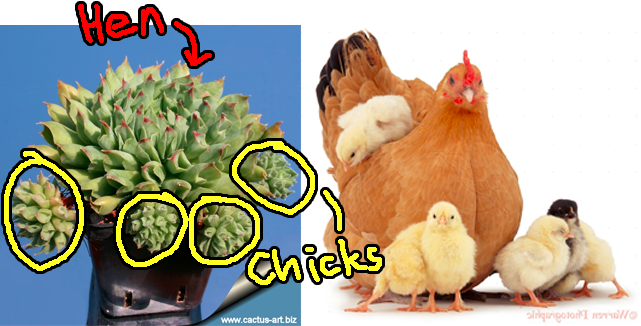
As for their scientific names, same logic wan. But they use Latin and Greek language. Every species has TWO scientific names: First one is genus name and second one is species name. For example, humans are called Homo (genus) sapiens (species).
A name may be chosen to represent some defining feature of the organism, according to Whit Gibbons an expert from the University of Georgia. For instance, the Sonoran mountain kingsnake is called Lampropeltis pyromelana thanks to its rings. The genus name Lampropeltis means ‘beautiful shield’ in Greek and the species name pyromelana means ‘black fire’.
So if you ever discover a new species, please keep up the good work by giving them awesome, memorable names. Remember this CILISOS and name it after us! 😛
- 6.6KShares
- Facebook6.3K
- Twitter43
- LinkedIn2
- Email30
- WhatsApp185
